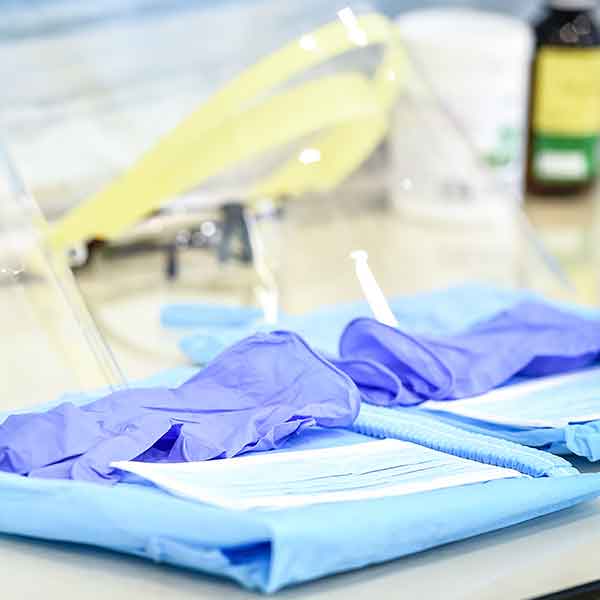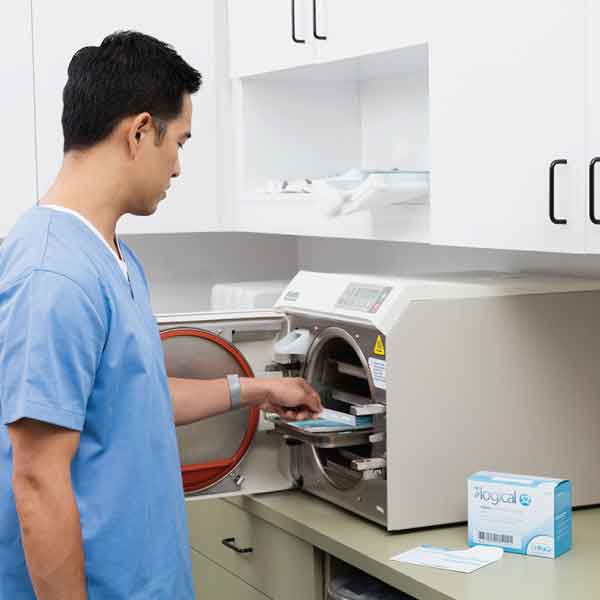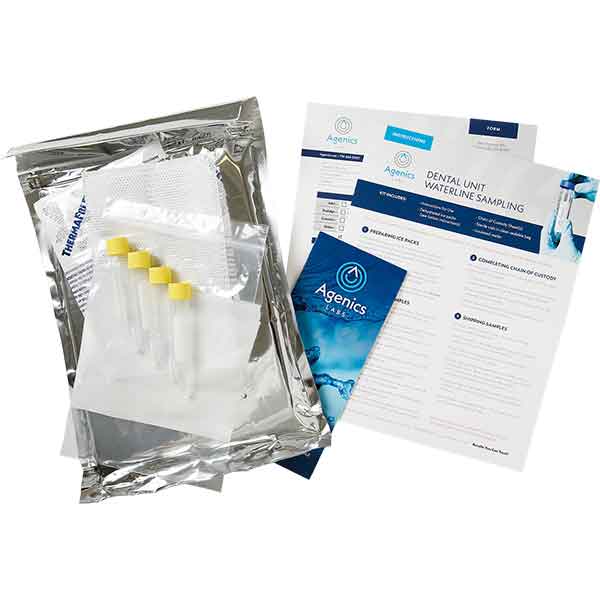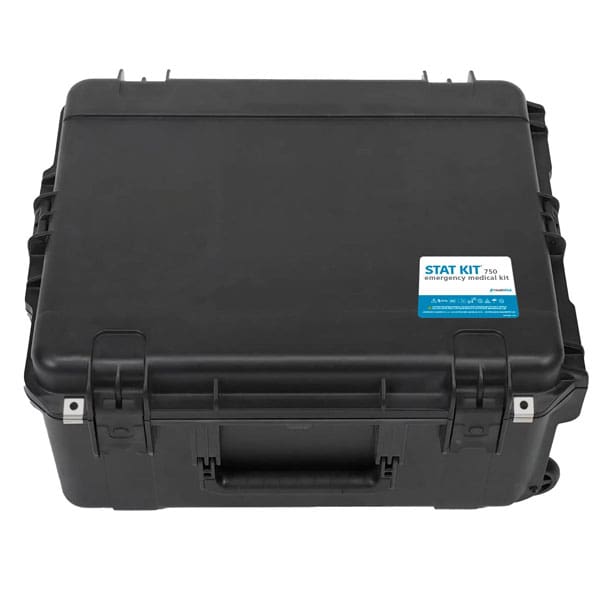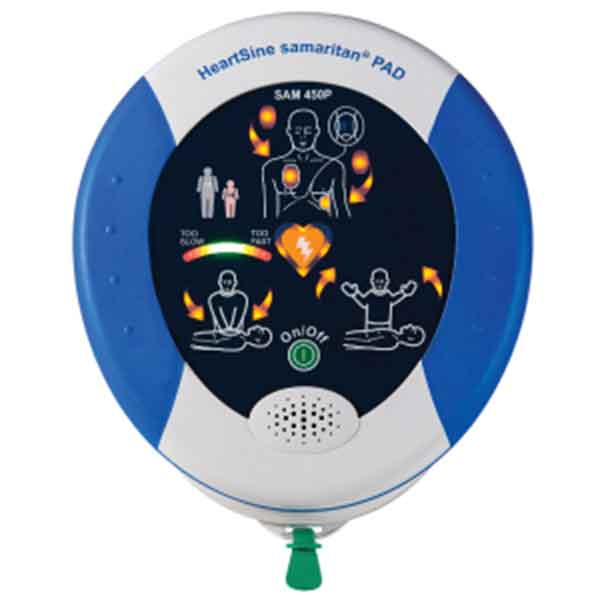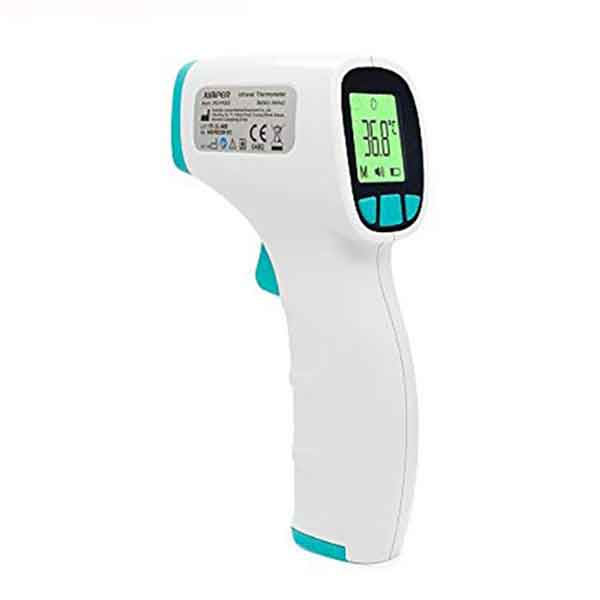Staff Member Reacts Adversely After Eating a Cookie
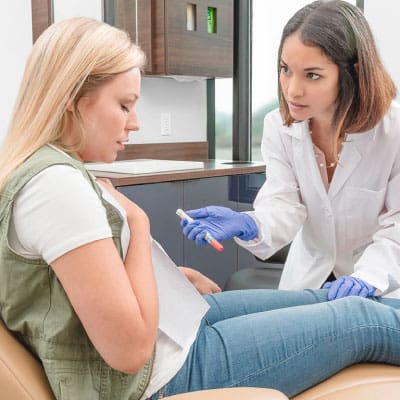



Emergency Response
Dental staff administers epinephrine auto-injector.


Synopsis


Dr. Malamed’s Notes
Fortunately, anaphylaxis is a rare situation in the dental office environment. Common “dentistry-related” allergens include penicillin, latex and non-steroidal anti-inflammatory drugs (NSAIDs). In this scenario the most likely etiology of the anaphylactic reaction was that the cookie eaten by the victim contained peanuts—a very common allergen.
![]()
![]()
![]()
In a life-threatening anaphylactic reaction, the important criteria for the “victim” having a chance of surviving are (1) rapid identification of the problem, and (2) prompt administration of epinephrine. When the patient described “her lips tingling,” could feel her airway closing, and had difficulty breathing (dyspnea) the diagnosis of anaphylaxis was readily apparent.
The prompt administration of epinephrine (0.3 mg IM in the vastus lateralis muscle for a patient weighing more than 30 kg [66 lb]) is of critical importance. Epinephrine is available in an auto-injector.
The needle of the syringe is inserted into the muscle on the anterolateral side of the thigh and the epinephrine is injected automatically. Once the needle penetrates the skin the administrator of the drug slowly counts to “10” (ten). When the needle is withdrawn, the drug has been administered if the needle is still visible.
Additional doses of epinephrine may be administered every five minutes until (1) the victim recovers, and/or (2) medical assistance arrives and takes over management of the situation.
SECOND ADMINISTRATION IN EVENT OF BIPHASIC REACTION
If the symptoms have not resolved after five minutes, administer a second dose of epinephrine into the vastus lateralis on the opposite leg.
Office staff need not have called the patient’s primary care physician prior to the administration of the epinephrine, as there are no absolute contraindications to the administration of epinephrine in anaphylaxis. The more rapidly that epinephrine is administered at the start of anaphylaxis, the greater the chance the victim survives.
Office staff also should not have administered oral diphenhydramine at the onset of the reaction. Diphenhydramine—a histamine-blocker—is not the appropriate drug for use in anaphylaxis while the patient’s life is still in danger. Oral administration of a drug requires between 30 to 60 minutes to be effective—far too long to be of importance in this situation.
Once the patient complained of difficulty breathing and of her throat closing, epinephrine should have been the only drug administered until her signs and symptoms abated. Oxygen (O2) can also be administered, but only after the epinephrine.
Emergency medical services (EMS, 9-1-1) should be summoned as soon as possible whenever an anaphylactic reaction occurs or is thought to be a possibility.
SUMMARY: HOW TO MANAGE ACUTE ANAPHYLACTIC REACTION
In order of importance, here are the steps to follow in the management of an acute anaphylactic reaction:
Position patient (supine feet elevated, if unconscious; comfortable, if conscious)
Administer Oxygen


























